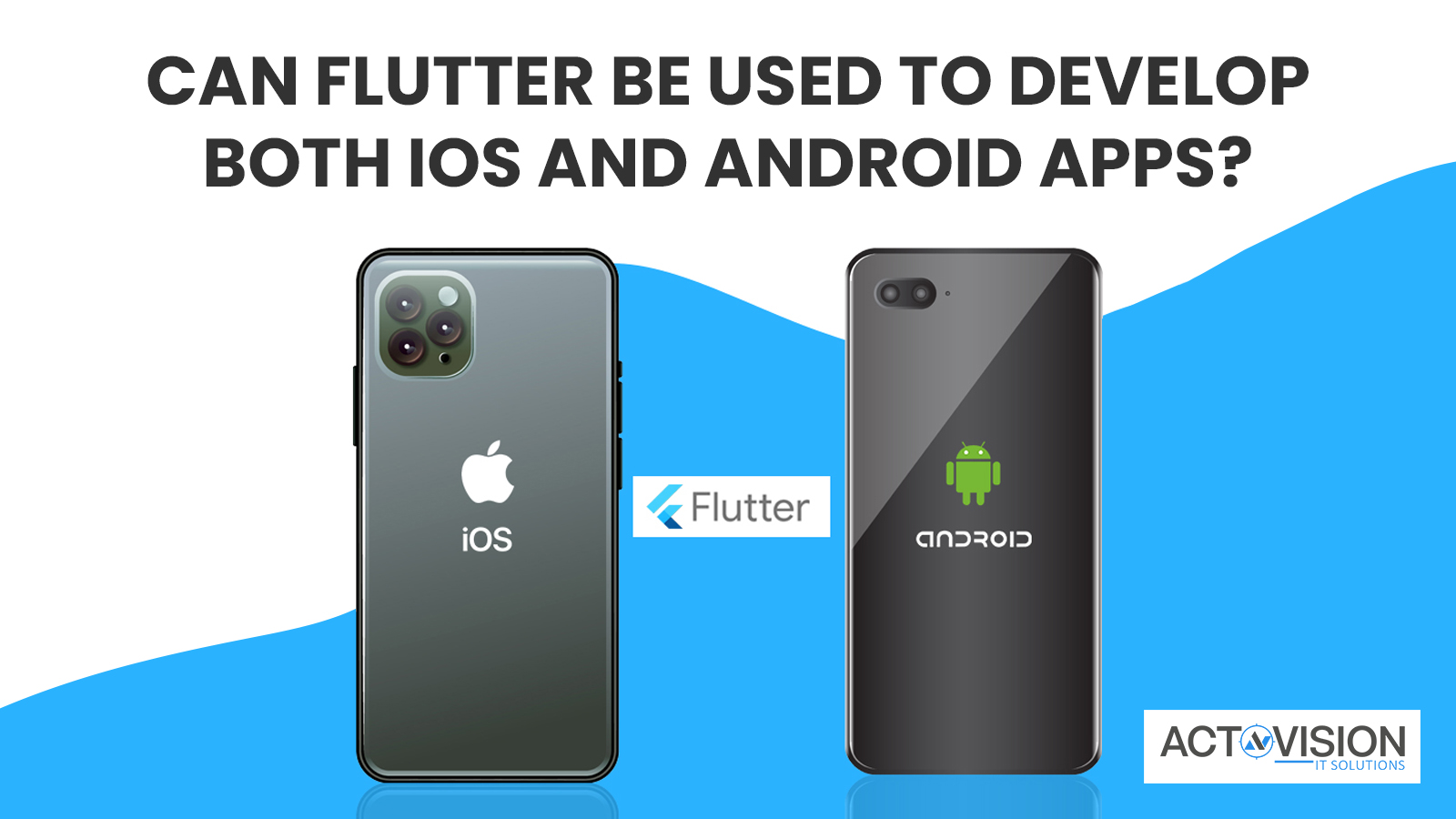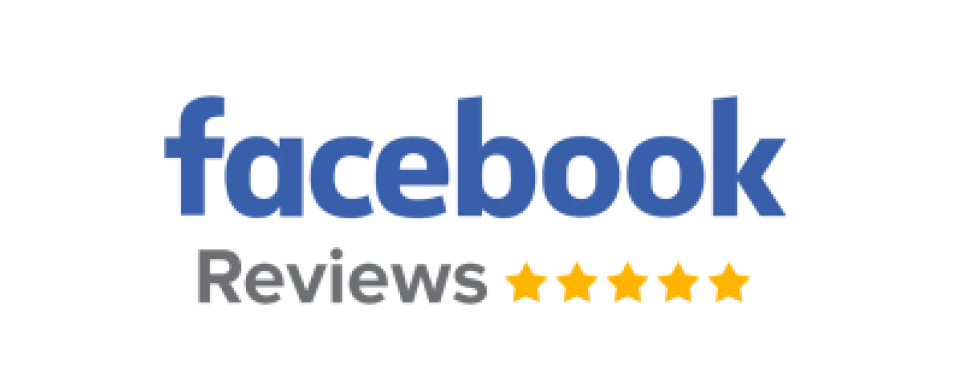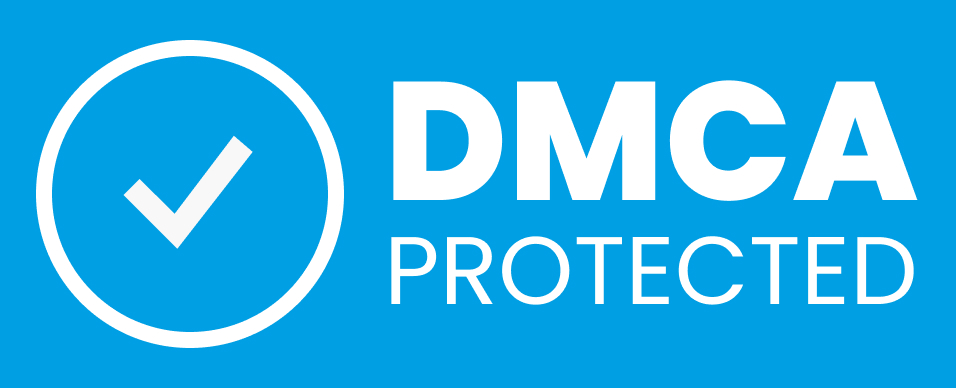Are you looking for a way to develop mobile apps for both iOS and Android platforms? Then look no further than Flutter! Flutter is an open source mobile app development framework developed by Google that allows developers to create cross-platform mobile applications for both iOS and Android operating systems. In this blog post, we’ll discuss why Flutter is an ideal choice for developing apps for both iOS and Android.
What is Flutter?
Flutter is an open-source mobile application development framework created by Google. It is used to develop applications for both iOS and Android operating systems. Flutter is written in the programming language Dart, which allows for faster development with a single codebase for both platforms. With Flutter, developers can easily create beautiful, fast, and dynamic UI that can be used across devices with the same code. Flutter also provides a wide range of features, such as gesture recognition, animations, material design components, and more. With its ever-expanding library of widgets and packages, developers can quickly get started creating their apps with minimal effort.
What are the benefits of using Flutter to develop apps for both iOS and Android?
Flutter is an open-source UI framework created by Google that allows developers to quickly build beautiful, high-performance, and cross-platform applications for both iOS and Android. With Flutter, developers can create a single codebase that can be used on both platforms, making development simpler and faster.
One of the major benefits of using Flutter for developing apps for both iOS and Android is its highly responsive nature. Flutter is designed with Material Design principles, meaning the apps it builds are built on the same language that is used to build the Android operating system. This makes it easier to maintain and update the apps. Additionally, Flutter’s reactive programming model enables developers to create highly interactive user interfaces without needing to write complex code.
Another great benefit of using Flutter to develop apps for both iOS and Android is its low cost of development. Since Flutter works with a single codebase, developers don’t need to spend extra time and resources creating separate versions of the app for each platform. This helps to save money, as well as time and energy.
Lastly, Flutter provides access to a wide range of libraries and packages, making it easier to create more powerful and feature-rich applications. Additionally, since the framework is open source, developers can access tools and resources which are not available in other frameworks. This makes Flutter a very versatile tool for creating powerful mobile applications for both iOS and Android platforms.
How can I get started with using Flutter to develop apps for both iOS and Android?
If you’re looking to get started developing apps for both iOS and Android using Flutter, the first thing you’ll need to do is download the Flutter SDK. This SDK will give you the tools you need to start building apps using the Flutter framework.
Once the SDK is installed, you’ll be ready to start coding your app using either the Dart language or the Swift language. Depending on which language you choose, there are different development tools available. For instance, if you choose to use Dart, you can use either Android Studio or Visual Studio Code. On the other hand, if you decide to use Swift, Xcode is your only option.
Regardless of which language you choose, you will also need an appropriate development environment in order to debug your code and see the results of your work. Again, depending on which language you decide to use, this may be either Android Studio or Xcode.
Finally, when you’re ready to release your app, you’ll need to submit it to either the App Store or Google Play, depending on which platform you’re targeting. Be sure to read up on the guidelines for each platform before submitting your app to make sure it meets all the requirements.
Using Flutter to develop apps for both iOS and Android is a great way to save time and resources. It takes a bit of effort and knowledge to get started, but once you do, you’ll be able to create great apps that can run on both platforms without having to build separate versions.






